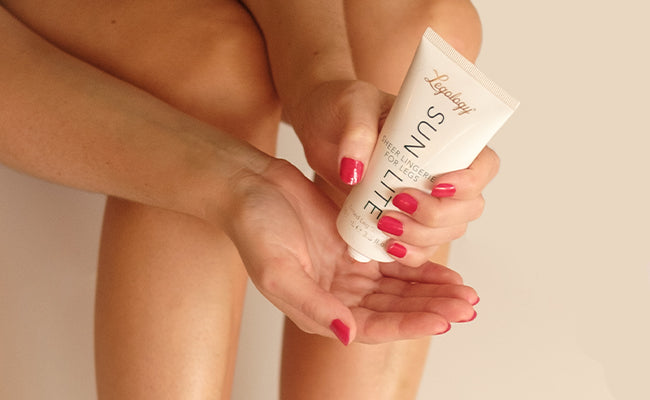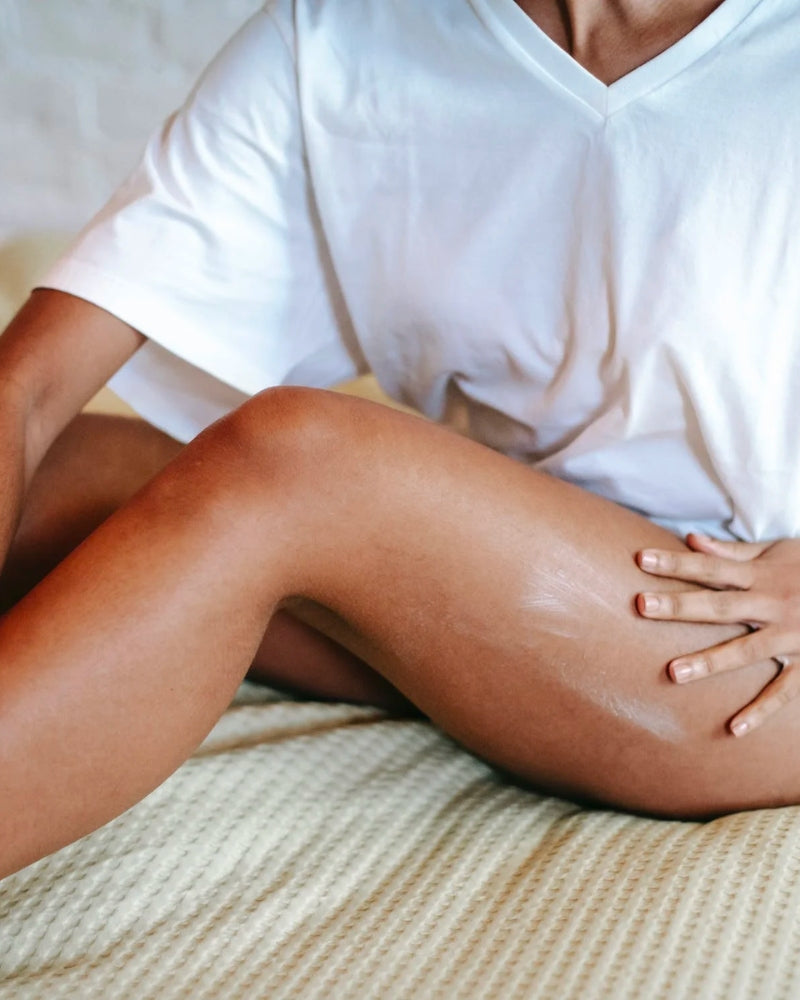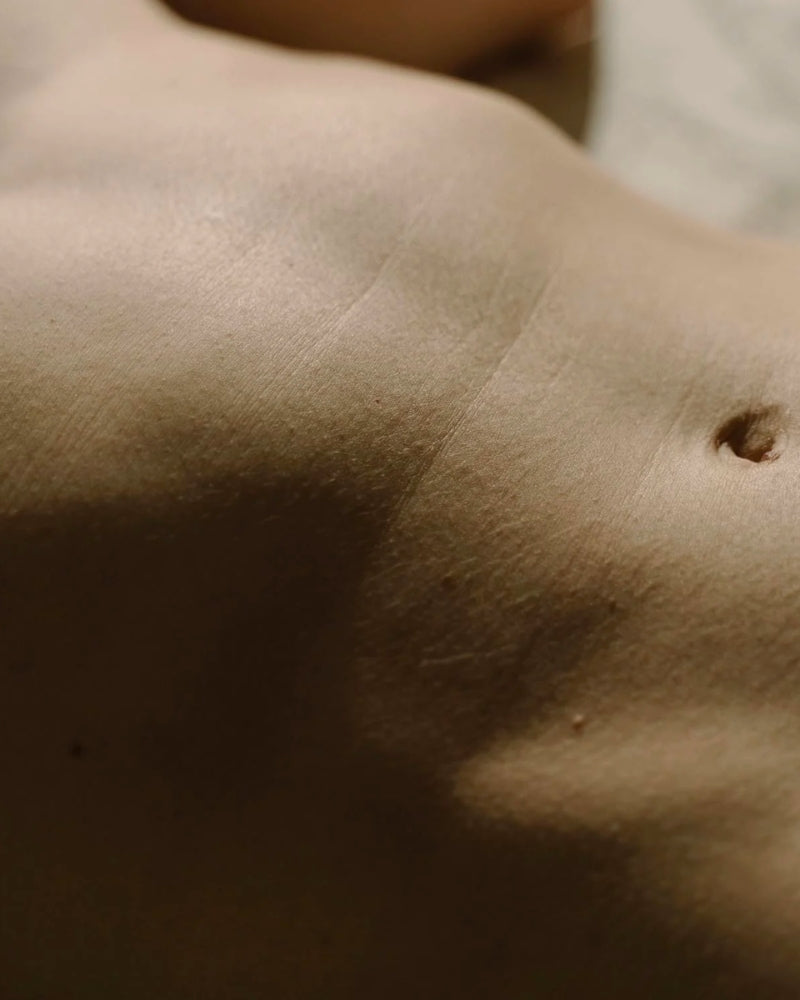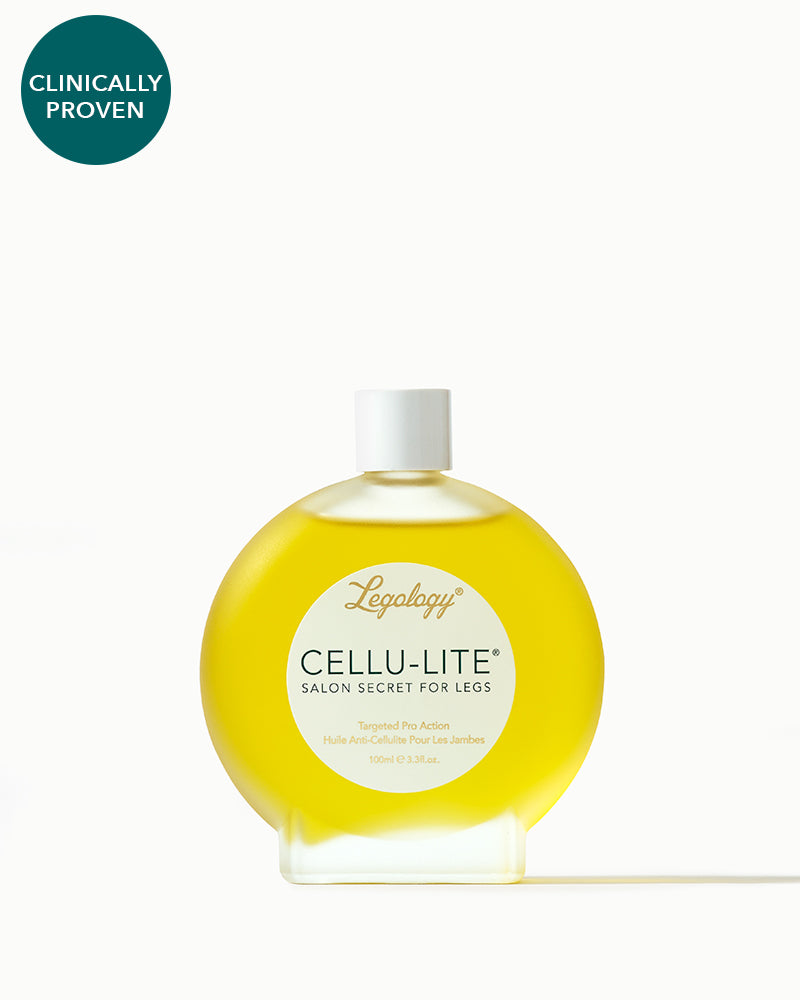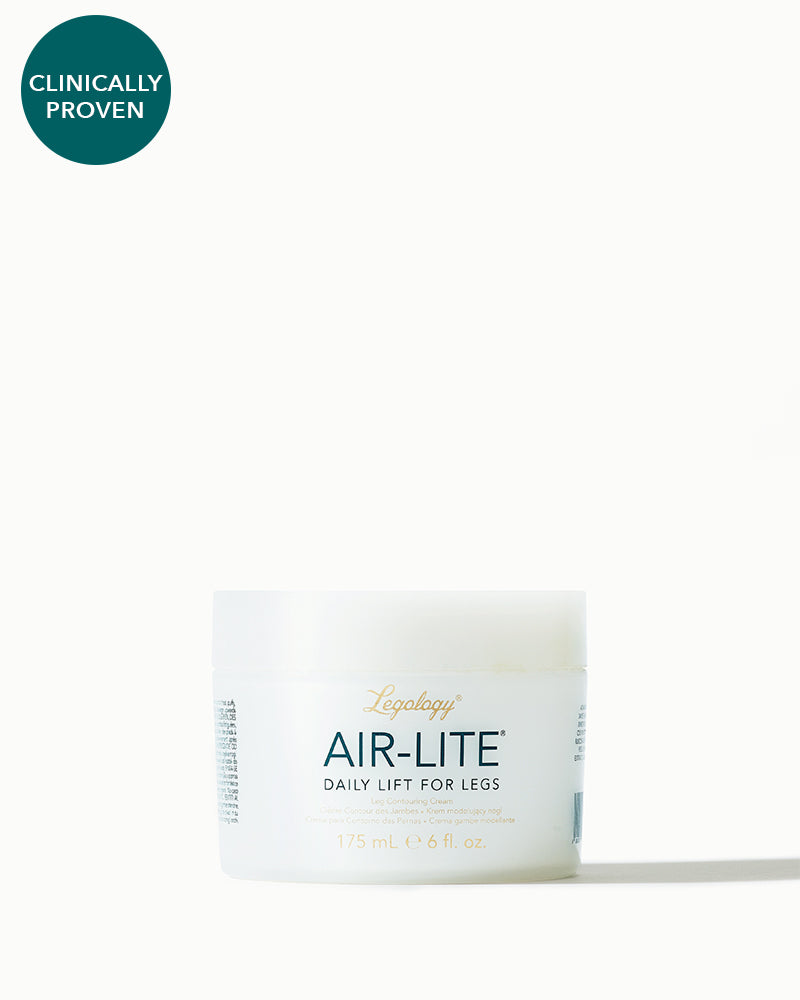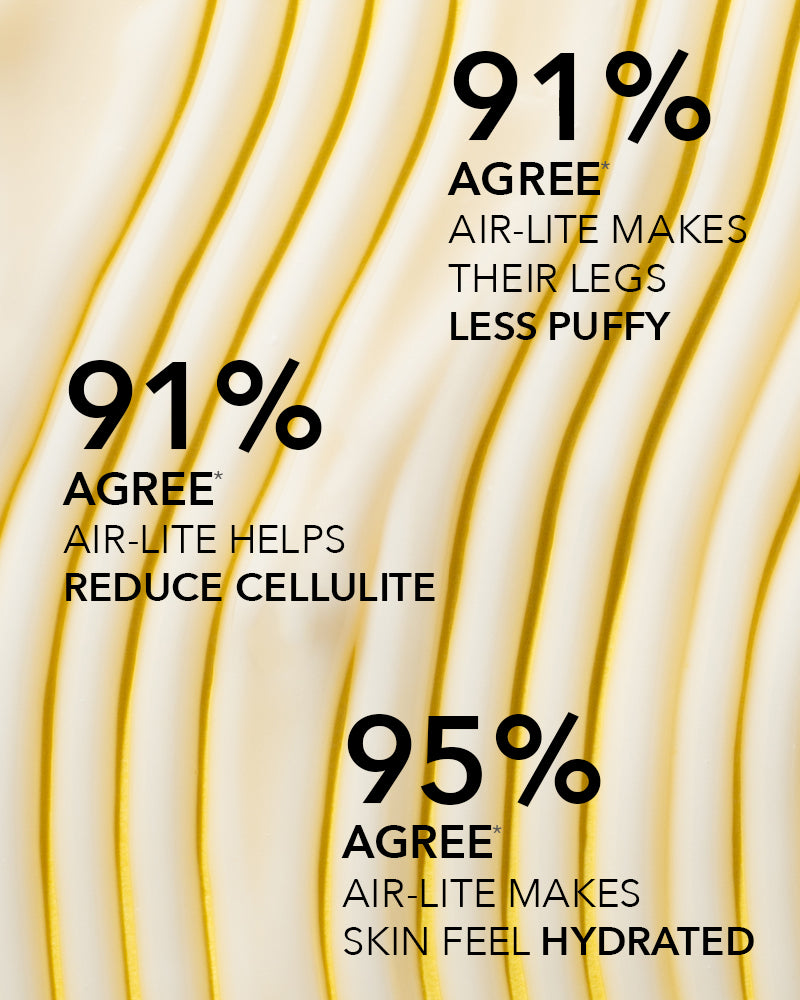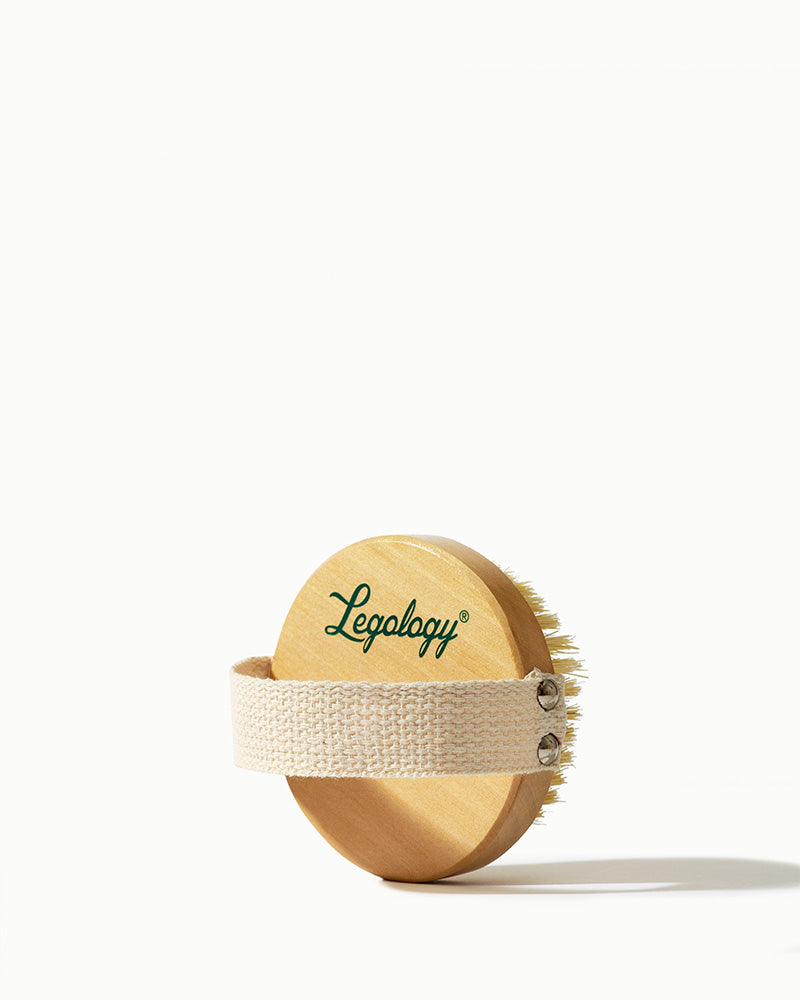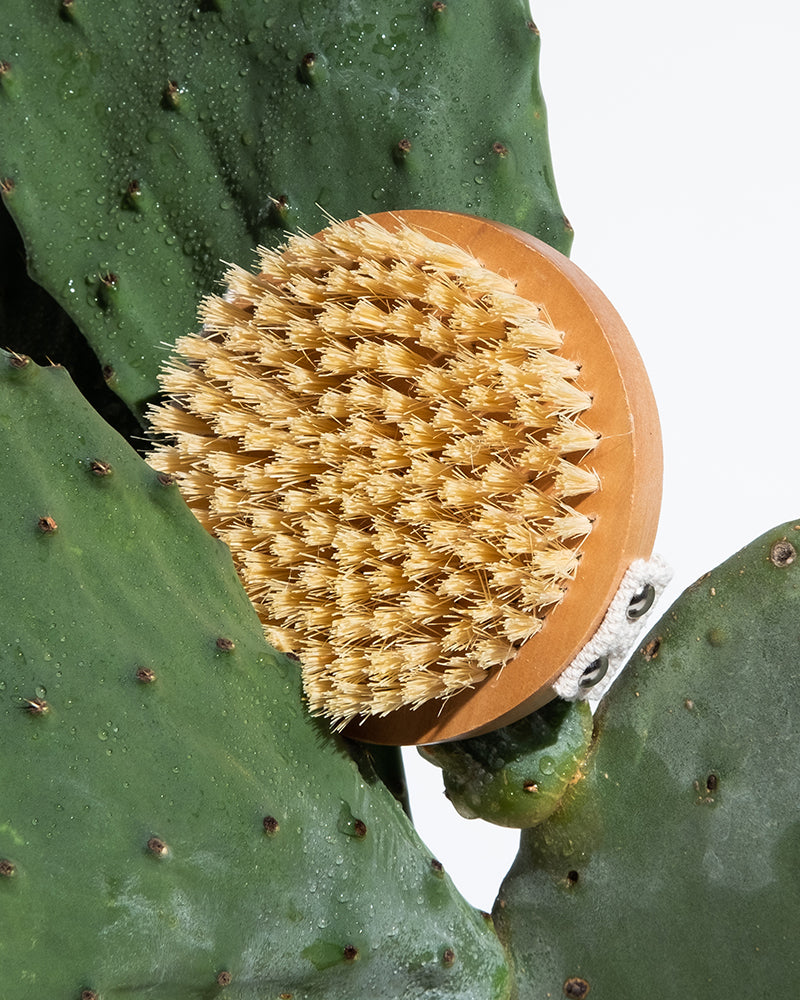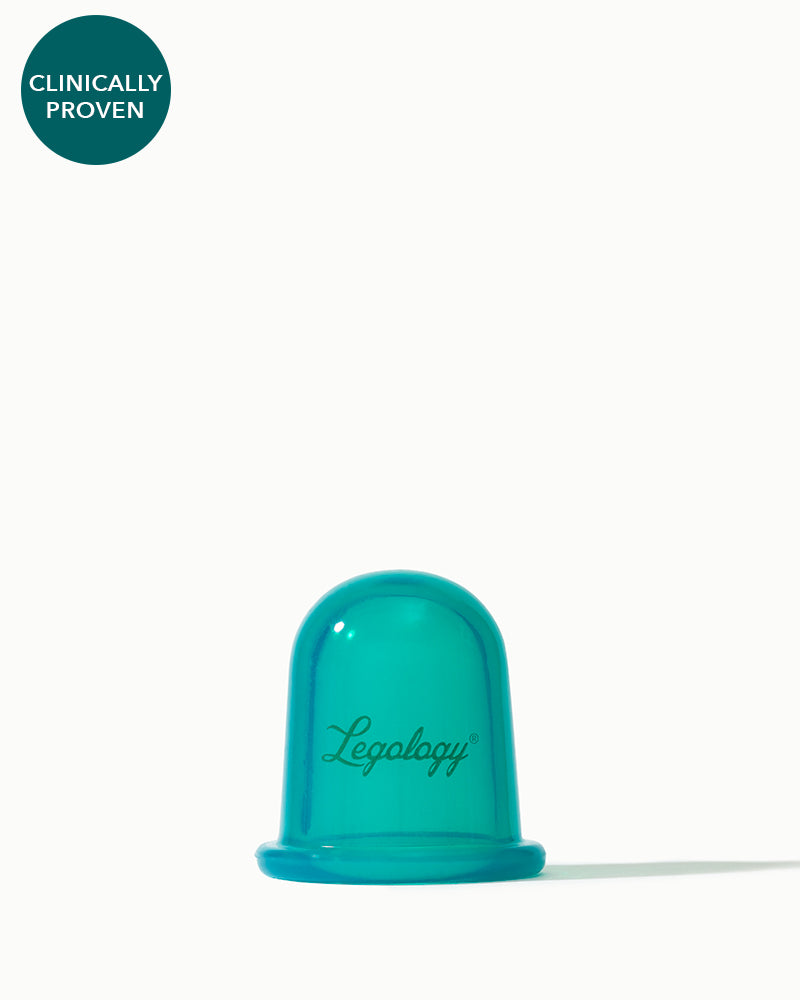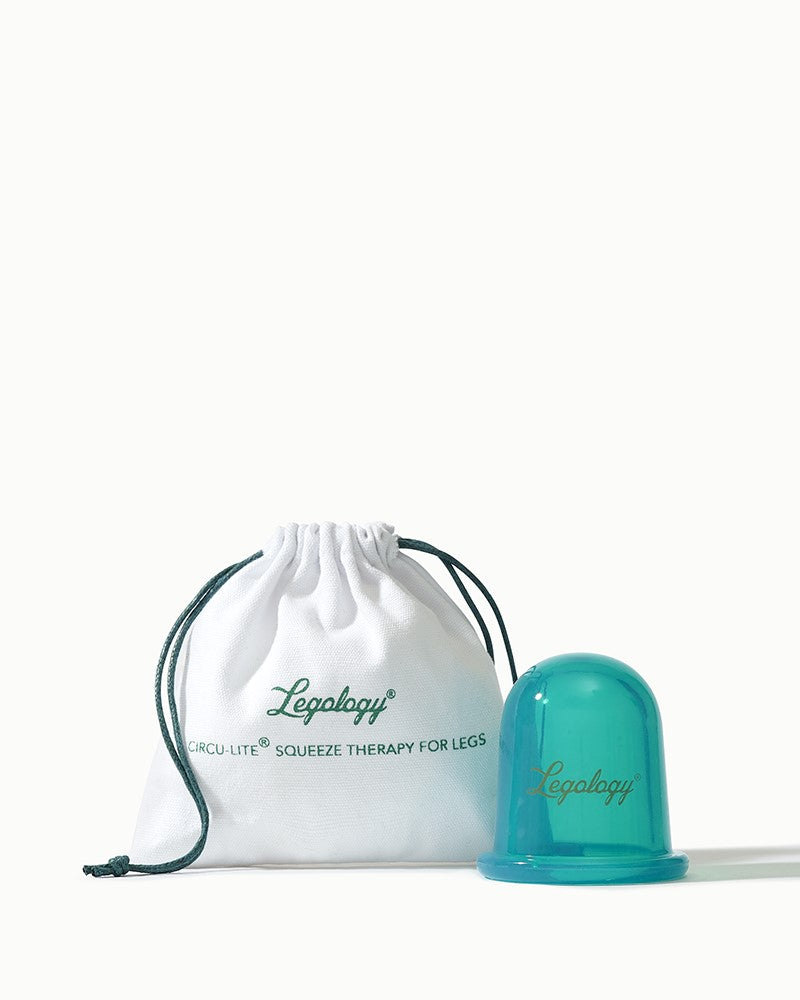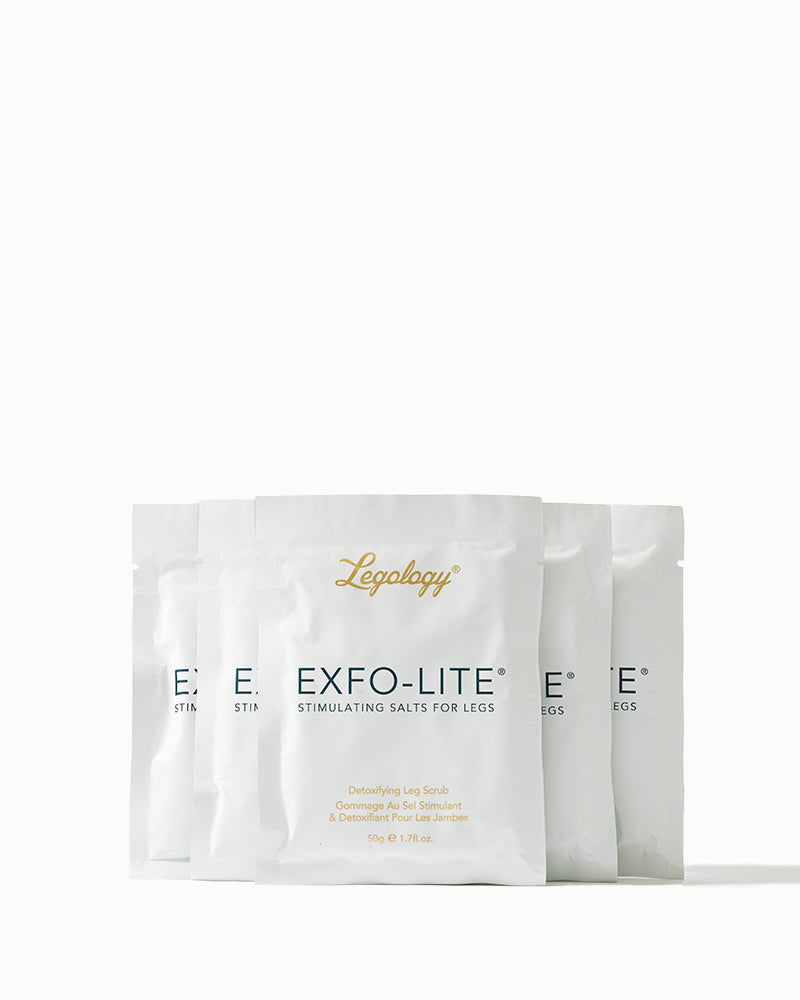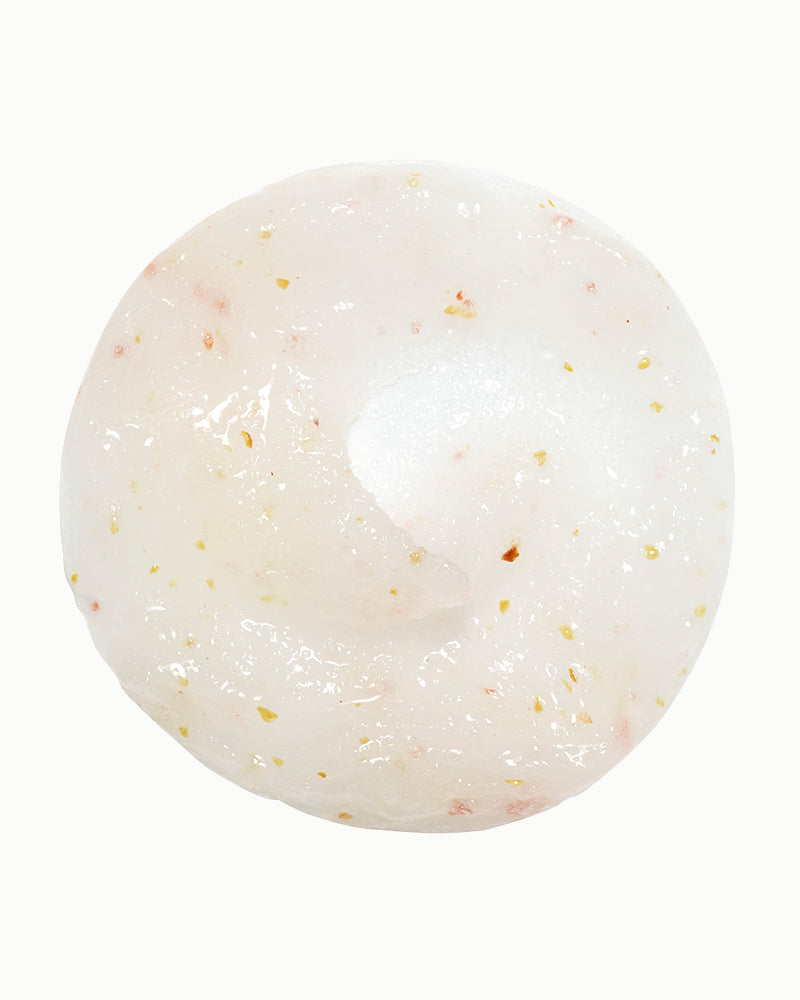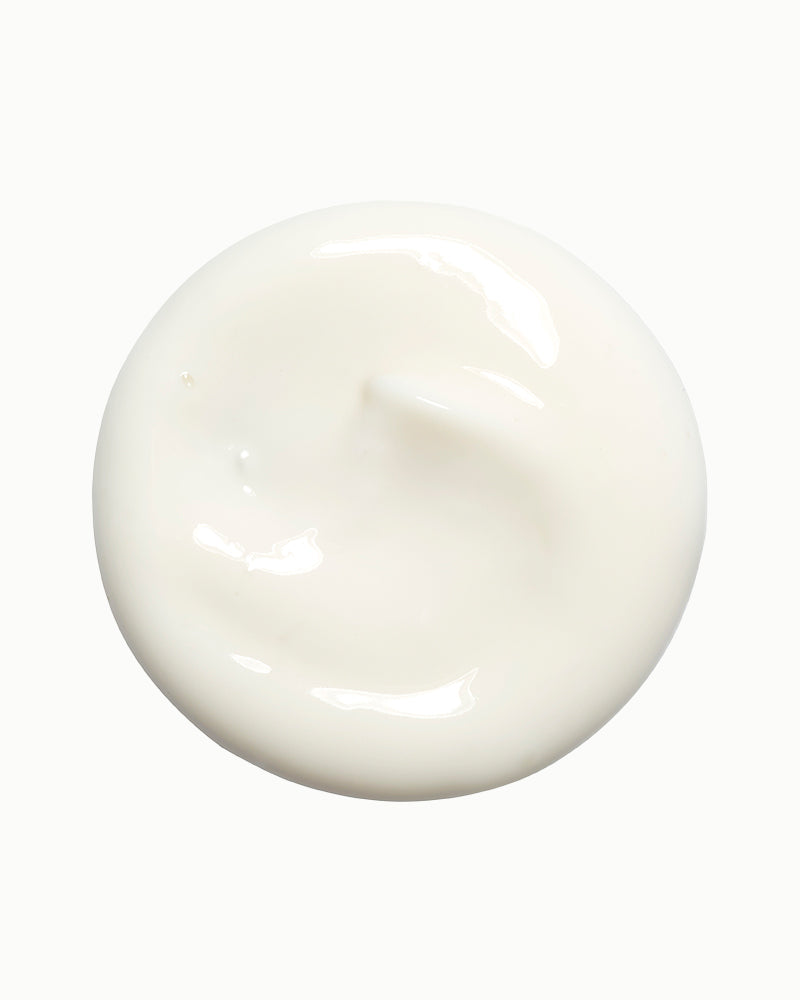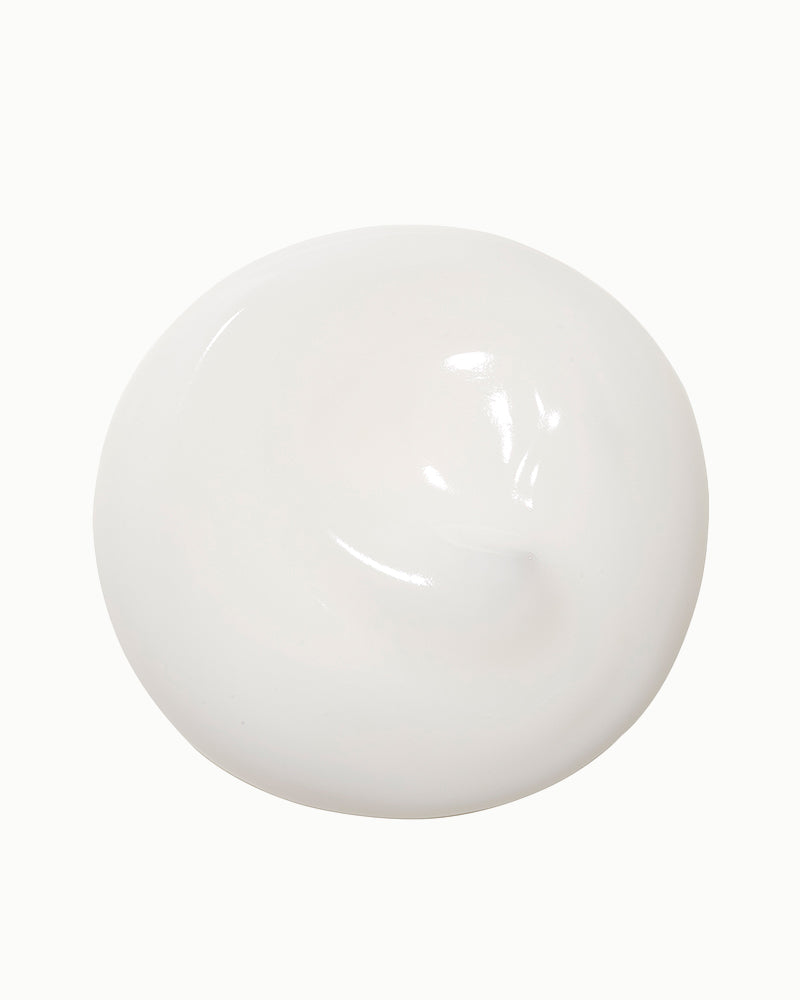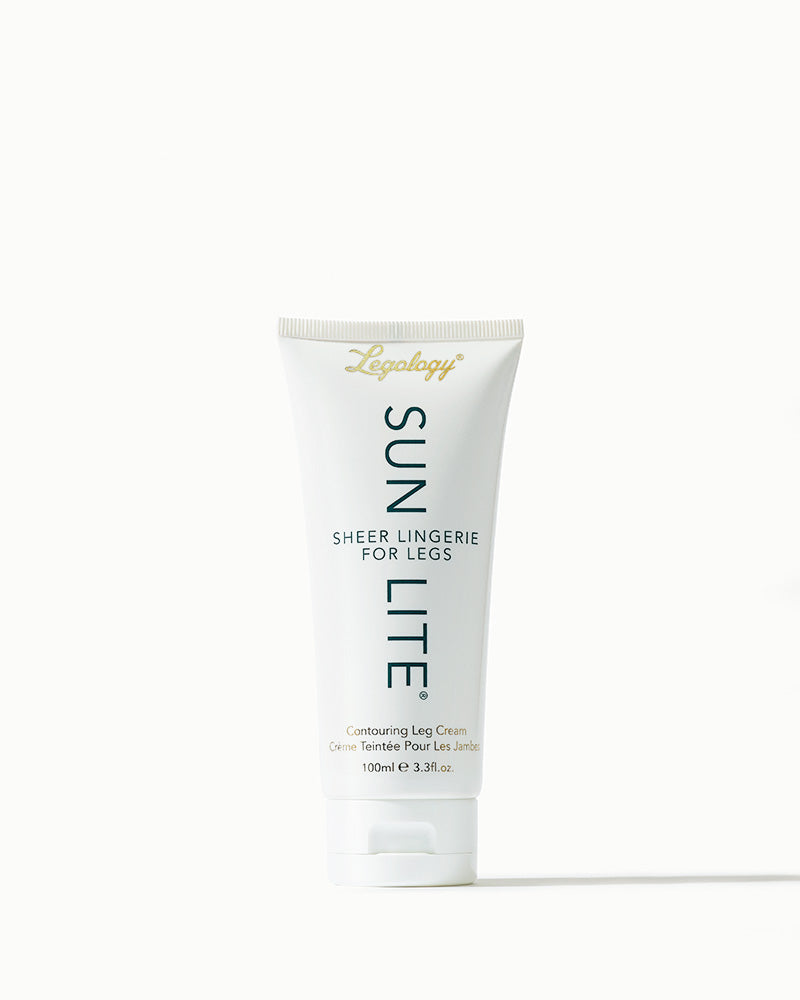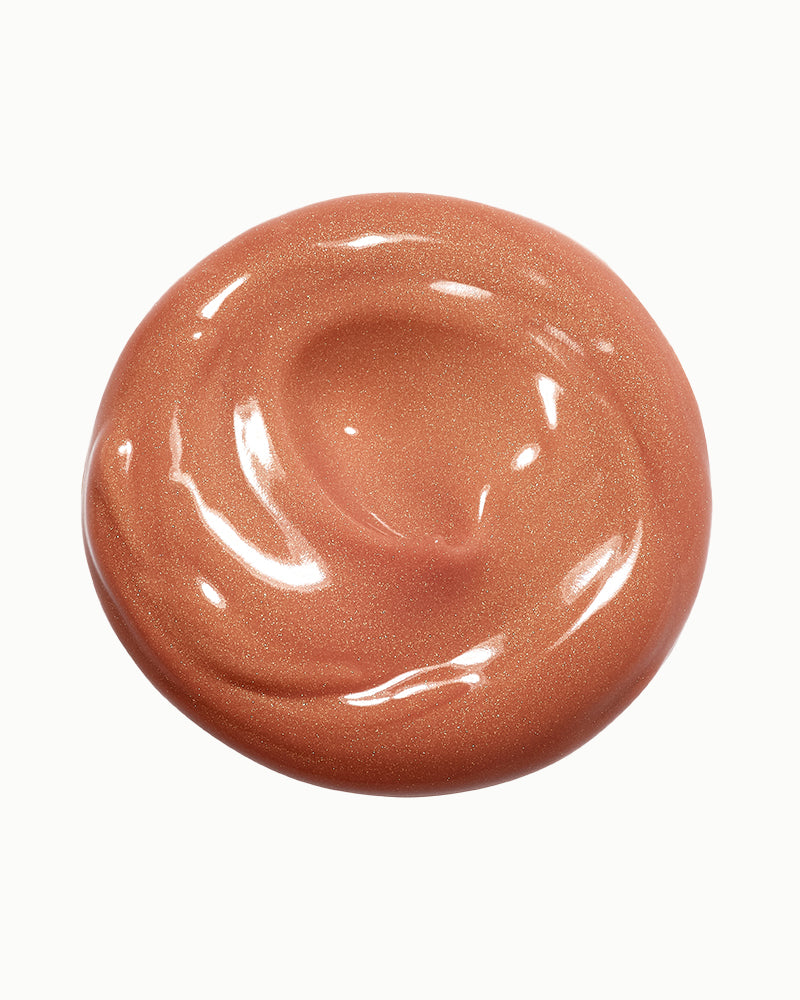Heavy Lower Legs? Meet The Ankle Makers

Ever since Jason Alexander’s character in the movie Shallow Hal used the word ‘cankle’ to describe an overweight women’s lower leg, saying “it’s like the calf merged with the foot, cutting out the middleman”, it has been assimilated into our lexicon. So what, if anything, can be done to add shape to the lower leg?
There are three key influences on the shape of your calf and ankle: genetics, fluid retention and weight. As with cellulite, each of these may be adversely affected by sidewinders like long haul flying, pregnancy, dehydration and more. Lets tackle each of them separately.
GENES
Many people are genetically predisposed to a thicker ankle, so a leg with the structural absence of a well-defined calf muscle and trim ankle, and being physically fit has no bearing on this.
- So what can be done? In extreme cases surgery may work. The options are ankle liposuction or lipoplasty (see below) to reduce ankle circumference. However, as with all surgeries there are risks (in particular disturbance of the lymphatic system which could make the problem worse) and nothing is guaranteed.
- Can exercise help? With the right expectations, yes. While some exercise physiologists maintain that you can spot reduce via exercise, it’s unlikely that solely targeting one area is going to bring about a dramatic reshaping. Certain exercises, however, will help to enhance the shape of your lower legs (see below), but they work best when done as part of an inclusive body workout.
FLUID
Fluid build-up in the lower leg, ankle and feet often comes from a heavy sodium intake, so it can be a reflection of your dietary habits. It can also be the upshot of a sluggish circulation or poor circulation, hot weather, being dehydrated, standing or sitting or long periods (although it’s normal to have some leg puff at the end of the day), or a predisposition to retain fluid, especially during a period or menopause.
- What can be done? If you notice that your ankles have suddenly begun to swell and feel heavy, or feel as though you are retaining water for longer periods than normal, talk to your GP. Chronic fluid retention – peripheral oedema – is a medical condition in which fluid builds up in the body and causes the affected tissue to become swollen. It occurs anywhere on the body, but when fluid accumulates just under the skin as peripheral oedema it normally causes swelling of the lower legs, ankles and feet.
- Can exercise help? Yes, especially the targeted exercises below, but integrated into a complete exercise regime, not just done as a spot reduction exercise. Lifestyle changes will help too – walking more, taking the stairs instead of the elevator and stretching – should all be part of the plan. Where clinical oedema goes exercise can definitely help to manage the problem.
WEIGHT
Being overweight can manifest in the legs – thighs, knees and calves – and contribute to a less shapely leg or exacerbate a predisposition to thick ankles; as nutritionists often say, 80 per cent of your overall wellness is based on what you eat, not what you do physically.
- What can be done? To help minimise swelling, avoid high-sodium, processed, and fast foods; and if you are overweight consider a diet – inevitably it will impact on the structure of your lower legs. Loss of extra weight will also relieve the pressure on your lower legs and feet, which can cause puffiness too.
- Can exercise help? 100% – stay active! Regular exercise helps you lose the extra pounds that may be compromising the shape and comfort of your legs and it promotes circulation, which reduces puff. Regular massage, trampolining and elevation (raising your legs above your head) also help improve circulation and reduce swelling.
The best exercises for shapeless calves and heavy ankles are those that plantar-flex your foot.
The Best Lower Leg Shaping Exercises

Incorporate these calf-killers into your exercise routine:
- Plie squat: stand with your feet wider than hip-width apart, toes slightly turned out (45 degrees is ideal), hands on hips. Bend your knees over your toes and lower your body into a squat. Hold this position and lift your heels up (without raising your hips) and then press them back down 10 times in a row. Return to standing to complete one rep.
- Calf raise: position the balls of your feet on a stair step to do calf raises. Keep your legs straight and lower your heels down as far as possible by bending your ankles. Rise up on your tip-toes in a steady motion and hold for a full second. Lower yourself back down and repeat.
